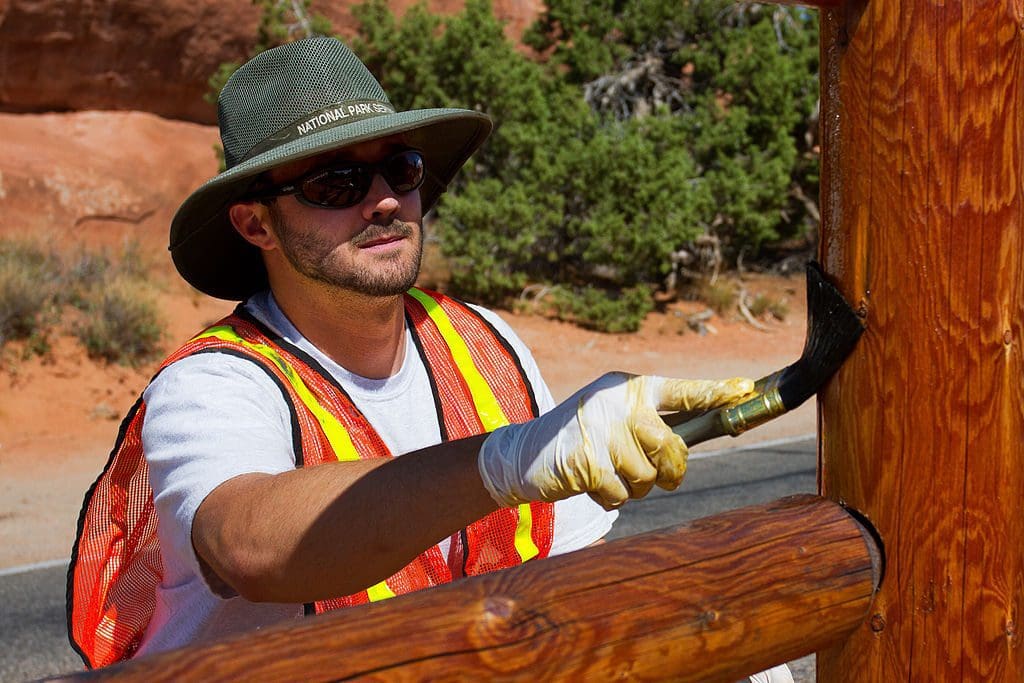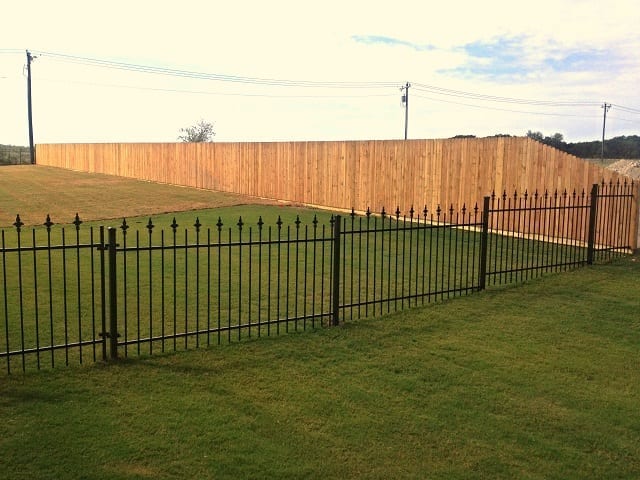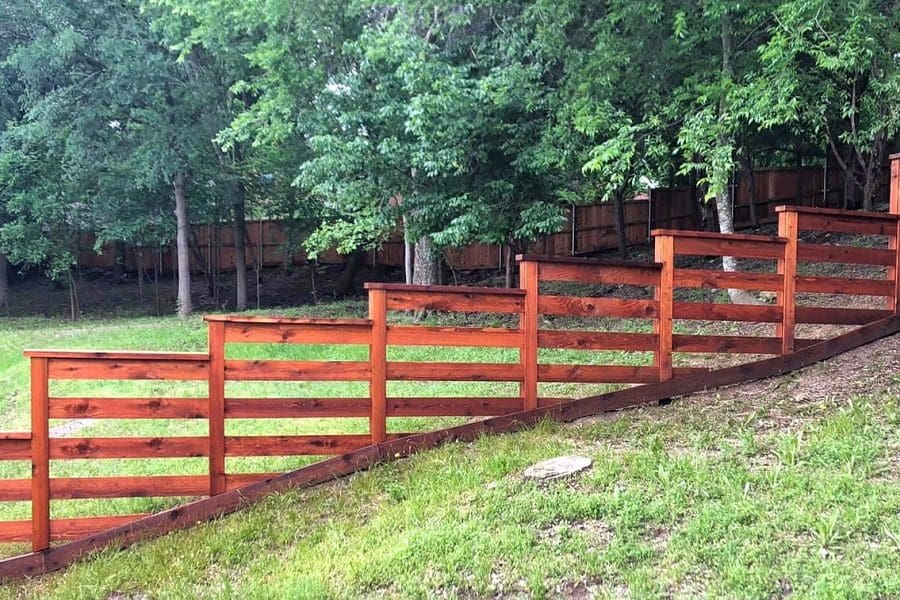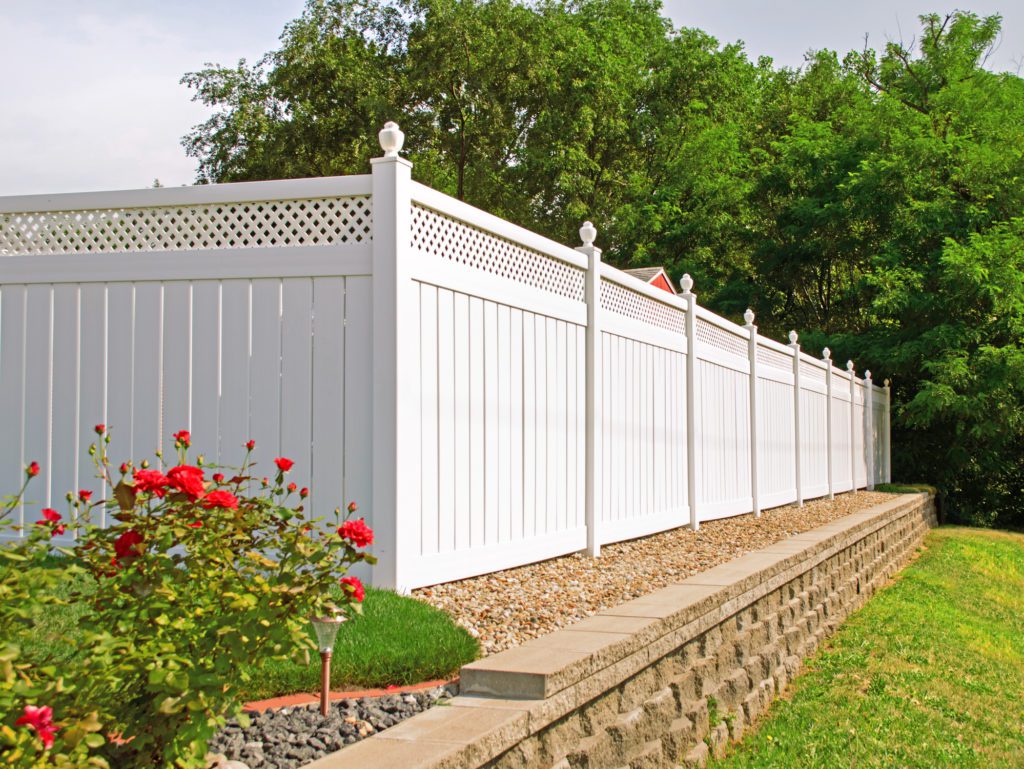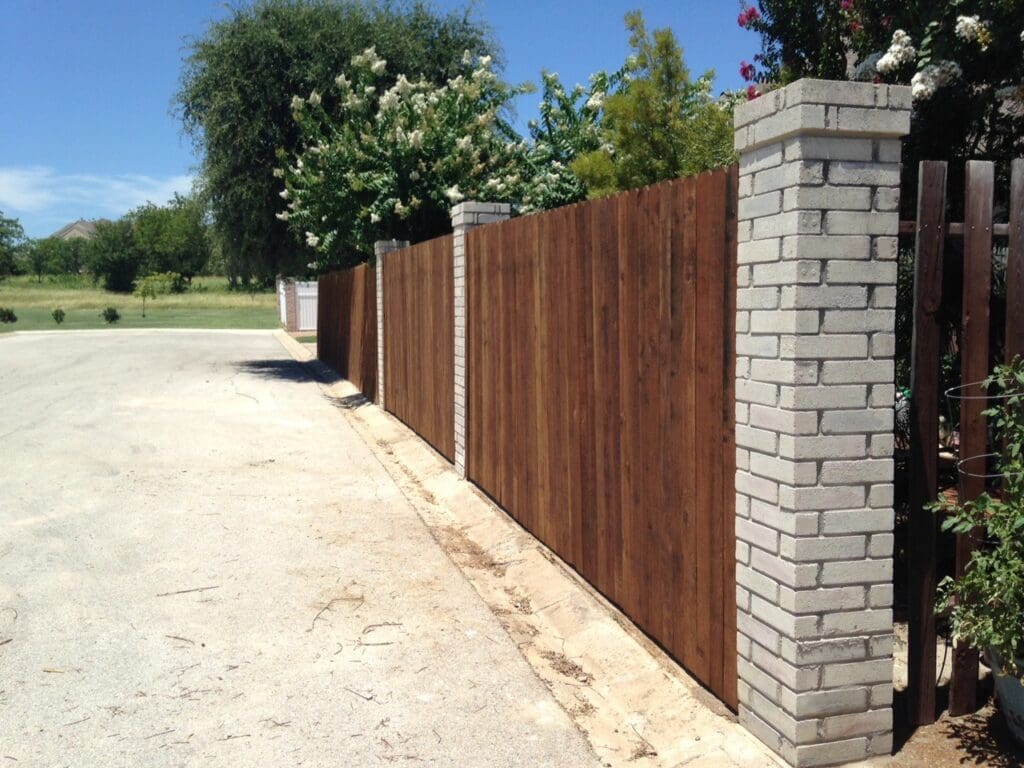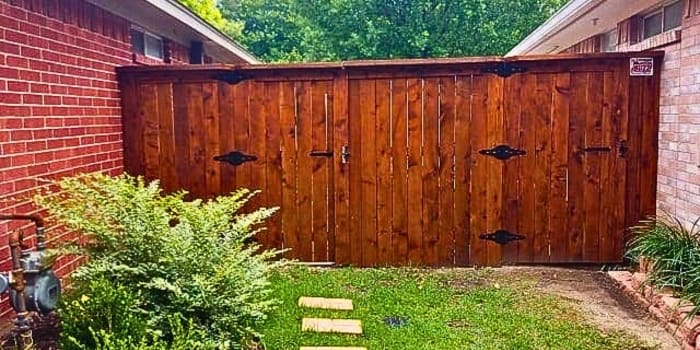As we researched this week’s blog post, we felt a touch of nostalgia for a past we’ll never know. You see, colonial Americans took their fences very seriously. We at Buzz would have fit right in!
One of the first things colonists did upon arriving in Virginia was build fences. Fencing livestock either into their own areas or out of agricultural fields was a prime reason for the fence-building boom. But fences also delineated churchyards, workplaces, and all types of urban and rural spaces.

Even the most learned people pondered fences in colonial days. Thomas Jefferson himself wrote detailed instructions on fence design in his garden book.
Types of Colonial Fences
Much of our info this week comes from an excellent research paper written by Vanessa E. Patrick in 1983 for the Colonial Williamsburg Foundation. True fence lovers can read her paper here.
Brush fence
Quick and economical, brush fences were built from logs, brush, stumps, and other by-products of land clearing. Stone walls are another example of an excellent barrier made from freely available stuff taken from fields and proved especially durable.
Wattle fence
Wattle fences date back to medieval Europe. They consist of branches – often willow – woven through skinny vertical staves, then covered with clay, mud, or plaster. Archeologists have found traces of wattle fences in Westmoreland County, Virginia, dating back to the early 1700s.
Palisade fence
This type of fence is usually made of tree trunks or wooden stakes, and built as a defensive structure. Virginia colonists in 1626 built an enormous six-mile fence to protect themselves and their cattle from Indians.
Paled fence
A pale is another word for a picket, so this is your classic American dream fence. In colonial Virginia, paled fences usually measured 4.5 to 5 feet tall. Pales were usually sawn and could be smoothed or planed with a draw knife. Cedar, oak, and locust were popular for posts, while poplar, pine, and oak were used for rails.
Worm fence
Also called a Virginia rail fence, this is the most American of the fence types we’re looking at today since those designs previously mentioned were common in Europe. The zig-zagging worm fence was made of stacked, unpainted split rails, not notched but loosely piled. These averaged about 11 feet long, with a thickness of four to six inches. Worm fences with the sharpest angles were the strongest. They ranged from five to 12 rails high.
Laws
In 1631, the Virginia legislature made this wonderful law: “Every man shall enclose his ground with a sufficient fence.”
In 1646, the law required a minimum fence height of 4.5 feet. By 1667, gates were required “for the convenience of the passage of man and horse to his house about their occasions at the discretion of the owners.”

As time went on, demands became more specific. Note this 1705 law, passed by the Virginia General Assembly:
“…every person having any lots or half acres of land, contiguous to the great street shall enclose the said lots, or half acres with a wall, pails, or post and rails, within six months after the building, which the law requires to be erected thereupon.”
Ah, yes, those were the days. We could spend all week reminiscing over colonial fence legislation.
Modern days
Colonial days were long ago. By our calculations, this July 4th is America’s 242nd birthday. But fences are just as relevant now as they were in colonial Williamsburg. Fences still protect our children, our pets, and our property. They still make good neighbors.
What about your fence? Does it look 242 years old? If you’re hankering for a fence that would make the colonists proud, give your friends at Buzz a call today.

